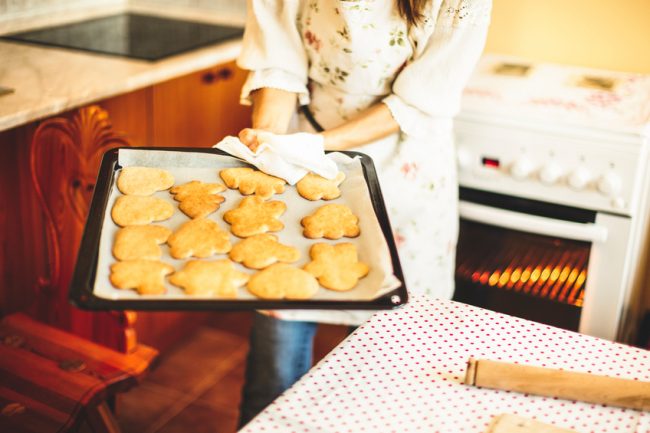Whether you have celiac disease, a gluten intolerance or just prefer eating gluten-free, baking often poses a challenge. Unfortunately, all-purpose flour tends to be the staple of most scrumptious breakfast and dessert recipes. While it may seem impossible to ever bake another tasty chocolate chip cookie, muffin or birthday cake again, these simple tips will help you take hold of your oven once again!
1. Stop and taste the flours
All-purpose flour is a baking staple due to its versatility. The consistency and absorbency is great for all desserts, from shortbread to croissants. Unfortunately, there is no single gluten-free flour that exactly mimics all-purpose flour. This is why it is so important to experiment with a bunch of different combinations. Here are some quick tips on common gluten-free flours:
Coconut flour: Very absorptive with a distinct coconut flavor
Sorghum flour: A rather tasteless flour that acts as a good protein
Brown rice flour: Good for drier, crumblier desserts—can be used alone for recipes that require small amounts of flour
Potato starch: Can be used to thicken and moisten desserts in small amounts
Almond flour: Adds a lot of nutrition and moisture
2. Aim for protein and starch
It is good to combine a more protein-heavy flour with a starchier flour. For example, mix brown rice flour with potato starch to get a consistency that isn’t too heavy nor too light.
3. Xanthan gum is your friend
Gluten sounds like “glue” for a reason, as it is a very good binder. This means that without gluten, baked goods tend to fall apart. This is where binders like xanthan gum and guar gum come in handy. Be careful to only use small amounts, though, or else your dessert may get gummy and tough.
4. Stay Small
Since the consistency of gluten-free baked goods tend to be crumblier than their “glutenous” counterparts, it often helps to make smaller versions. Small cookies and muffins have a better chance holding up than bigger ones, and let’s be honest, smaller is better.
5. Be open-minded
Okay, so the chocolate chip cookies might not taste like your grandma’s…but they’re still pretty tasty aren’t they? Once you accept the fact that your gluten-free desserts may not taste exactly like the old ones you used to devour, they can be just as (if not more) delicious, and you may discover you prefer some of the flavors you get from baking gluten-free.
Ready to get started? Shop for gluten-free flours and all your gluten-free baking needs at Vitacost.com!

